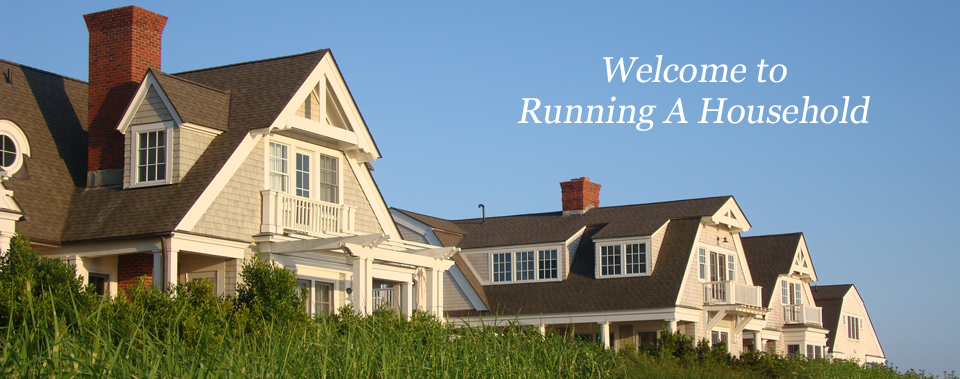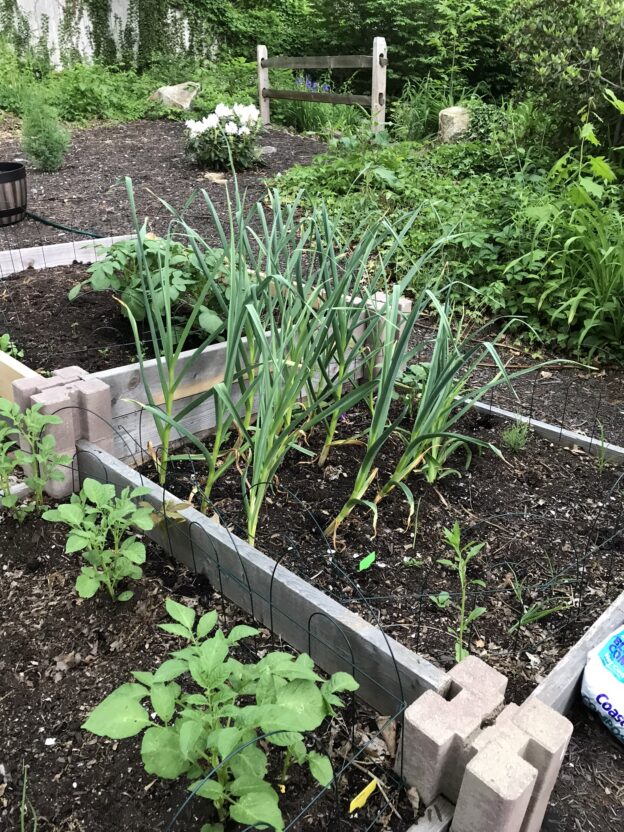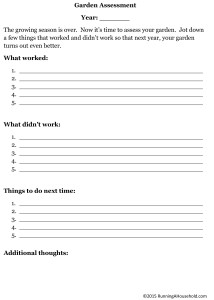Are you ready to plan a garden? Sometimes it’s helpful to take a look back. How was your garden last year? Was it successful? Do you wish you could have done something differently? We’re here to help with our printable Garden Assessment Form.
Printable Garden Assessment Form
Now that the growing season is over, take a few minutes to assess the success of your garden. Use our printable Garden Assessment Form to analyze and review your garden, so that your next garden turns out even better. Just click on the link below to print our free printable garden assessment form:
Assessing your past garden
Be sure to think about all of the things that worked well:
- Size of garden
- Garden layout and paths
- Types of plants: Vegetables and flowers
Here are some questions to ask yourself:
- Was your garden too small, to big, or just the right size?
- Would you like to change the layout of your garden?
- Which plants grew the best?
- Which vegetables and flowers did you enjoy most?
- Did you have too many of one type of plant, or not enough of another?
Now it’s time to fill out the Garden Assessment Form.
What worked well during this growing season?
Start by thinking about the successful part of your garden. Think about:
- What worked really well?
- Are there things you would keep the same?
Jot down your top items that made your garden a success. These are the items you will want to repeat again. There were several things that went well for us:
Peppers: Our jalepeno and green pepper plants did well this year. We started them from seed from MIGardener. The germination rate was fantastic. We pinched the tops of the pepper plants so that the plant branched out and we had plenty of peppers all summer. They received some afternoon shade from some taller plants. We’ll be sure to follow that strategy again.
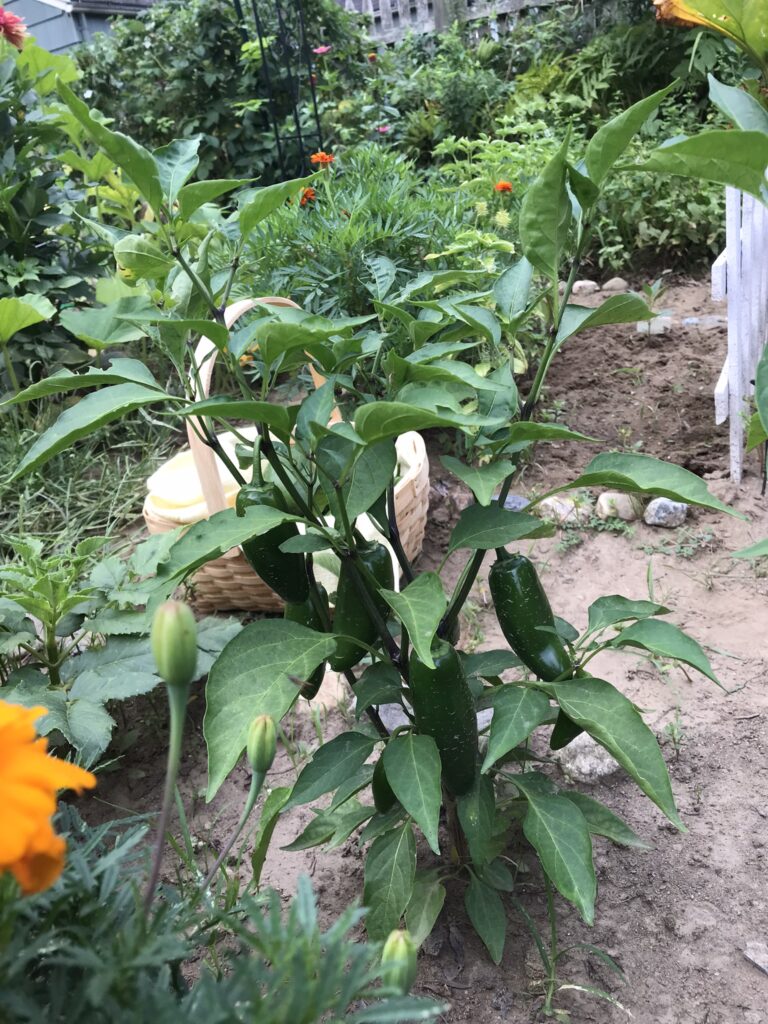
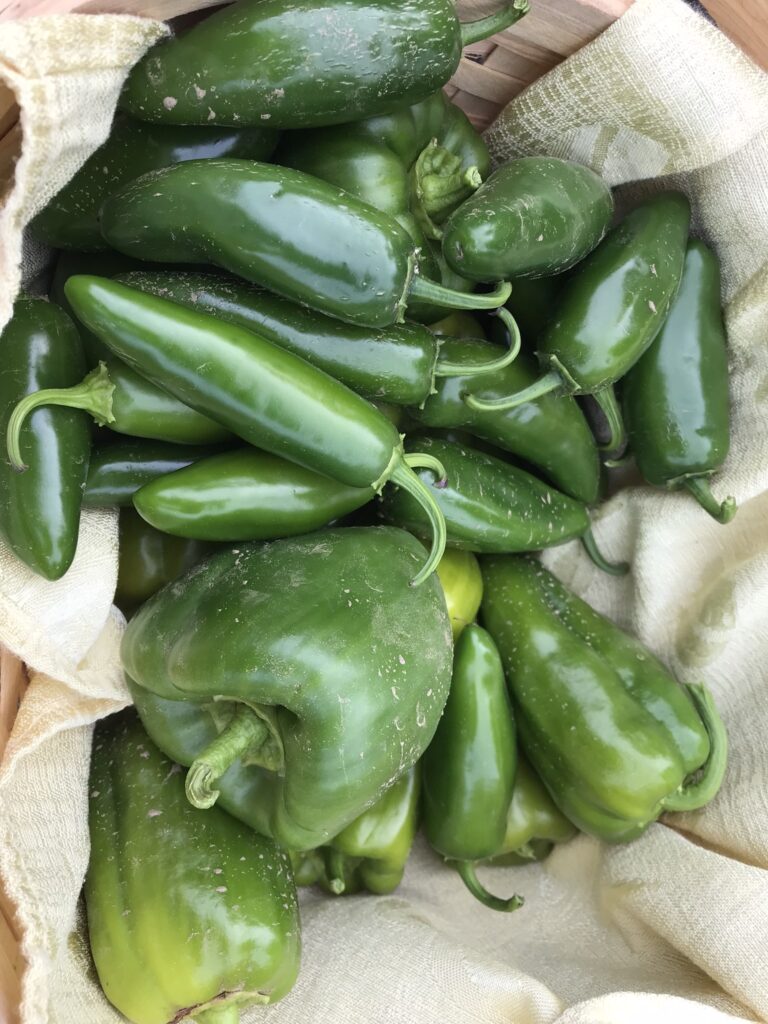
- Zucchini: Our zucchini did well this year. We grew it from seed from MIGardener. Again, great germination rate. We also noticed that the plants were resistant to mold. We left plenty of space in between plants to increase air flow. In addition we made sure to water in the early morning, so the plants had time to dry out. Every other year, we lost plants due to white mold. These definitely held up.
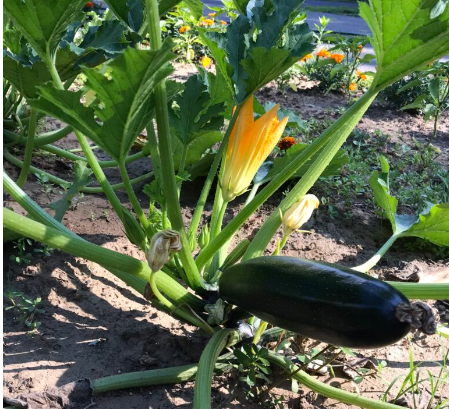
- Raised Beds with strawberries, garlic, and potatoes: This was our third year with raised garden beds. Our strawberries came back with loads of berries in June. We had a successful harvest of garlic in a separate raised bed. The garlic did great in the loose soil, top-dressed with compost. Our russett potatoes and red potatoes also thrived in the raised beds.
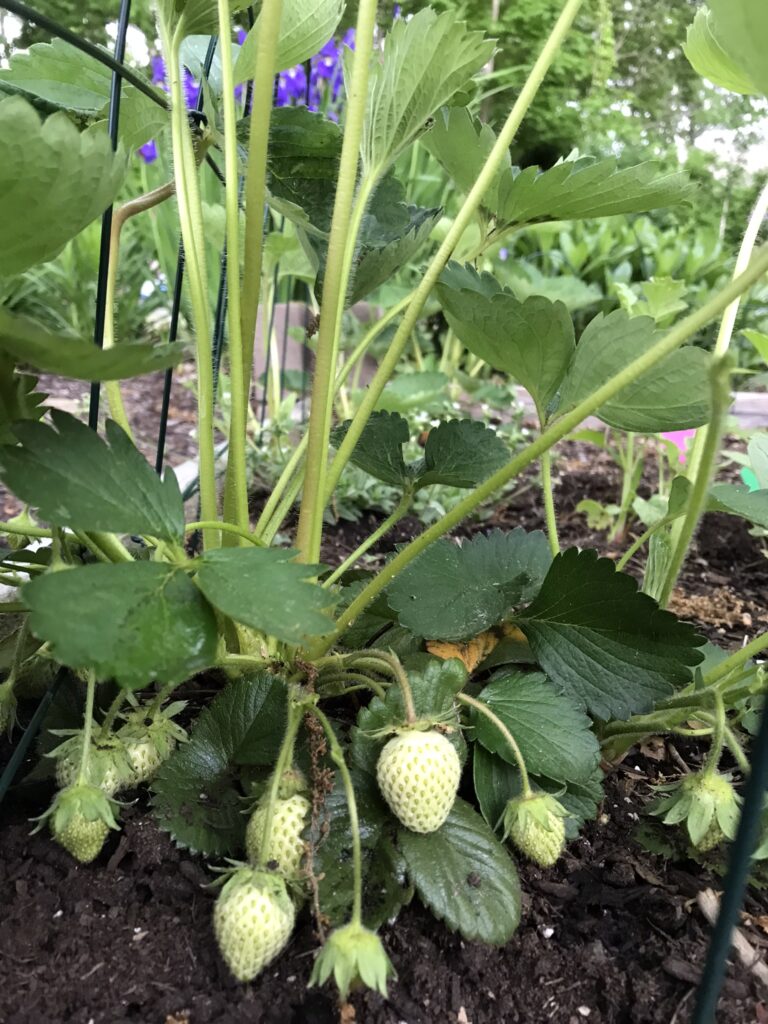
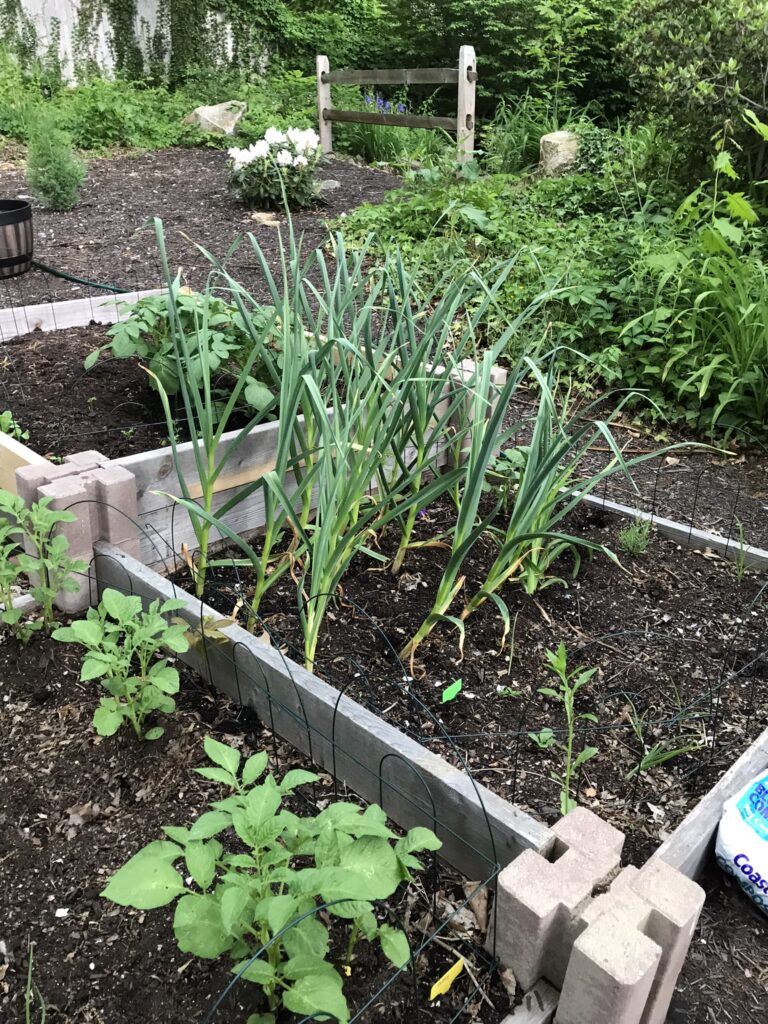
What didn’t work in your garden?
Next, it’s time to think about things that just didn’t work:
- Did you have enough plants?
- Were certain crops a bust this year?
- Do you wish you had more flowers or vegetables?
- Were there too many weeds?
Write down the things that went wrong, so that next year you can make some changes. Here’s what we need to fix for next year:
- Limited Squash and Pumpkins: We were thrilled to grow butternut squash, acorn squash and sugar pumpkins. Each plant gave us 1-2 fruits. Next year we need to look into growing more of these foods.
- Increase spacing for tomatoes: We grew four roma and four san marzo tomato plants. They provided plenty of tomatoes, but by the end of the season the leaves looked diseased. We originally spaced them out 18 inches apart, but our rows were only 12 inches apart. We’ll move our rows out to 18 or even 24 inches apart to allow for more air circulation.
- Tilling: We try not to till our garden every year with the hope of maintaining the soil levels. However, everything grows so much better the years that we till. The flowers and vegetables really seem to love the freshly aerated soil. To till or not to till is still our dilemma. Based on the results, we’re planning to till again this year, at the beginning of May. Maybe this will be the year we finally relocate the rhubarb so we don’t have to till around it.

Things to do next time
Disclaimer: Some of the links below are referral links, which means that if you make a purchase, there is no extra cost, but Running A Household will receive a commission.
Lastly, write down a few things you want to do next year. By documenting your thoughts now, it will make it much easier for next year. Here are the changes we will make:
Grow more zinnias: These 36″ plants with giant flowers look great in a summer vase. Our plan is to add the lime and salmon zinnias for a total of 18 plants instead of 5-8.
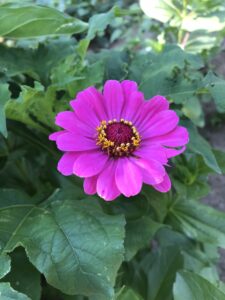
Find asters: For some reason our local garden center didn’t have the 36″ mixed asters. We also couldn’t find the seeds in stores or online. We will need to start our hunt earlier.
Use the square foot garden method: We love the square foot garden method for our raised beds. We used this method in our main vegetable garden as well. This Square Foot Gardening Tool really helped us plant space our seeds out correctly. It was so easy to use and made planting a breeze.
By taking a few notes now, you’ll have time to plan your garden. In addition, using our garden assessment form will ensure your garden will be better each year. Happy gardening!
Be sure to follow us on Pinterest: Click here
